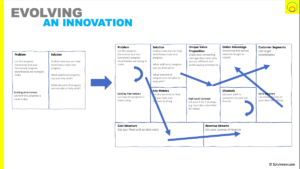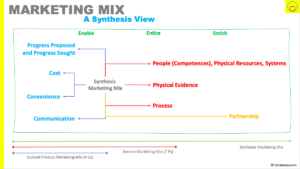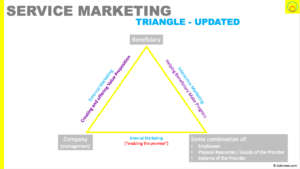Do you want to empower ideators to take their exciting ideas towards innovations?
Helping them increase the quality, alignment, and completeness of those ideas in a language that the business understands?
And to do so in an non-intimidating way that is ripe for coaching and reviewing. As well as supporting collaboration.
Then we can use the Lean Canvas in an iterative manner as guide rails to get from ideas to innovations. This minimises innovation theatre and reduces the innovation problem




